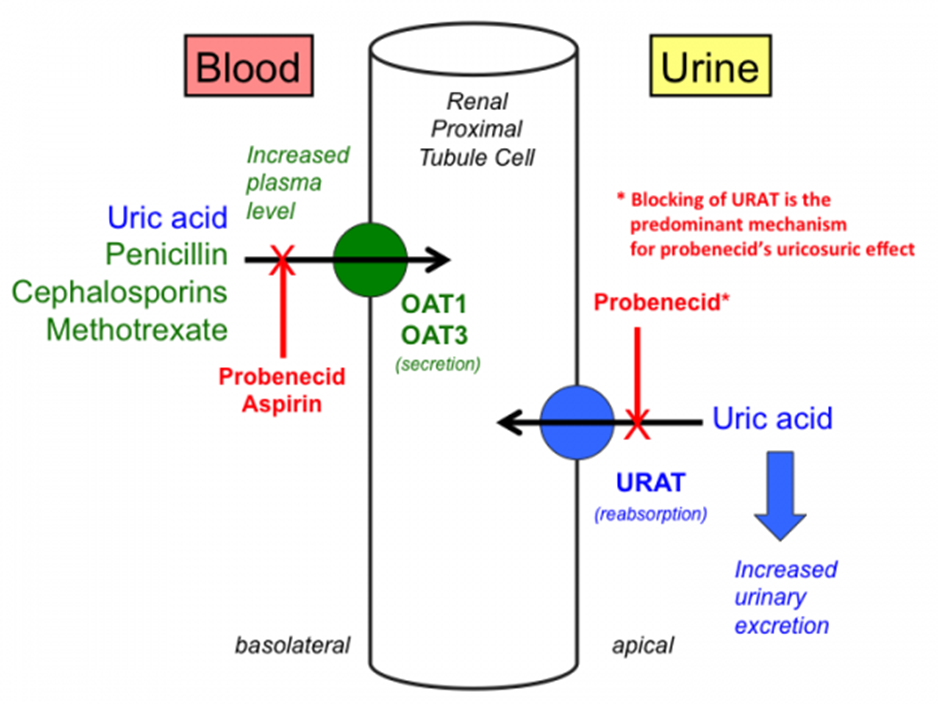A client who is taking an oral contraceptive receives a new prescription for erythromycin. Which instruction should the nurse provide to the client?
Stop the oral contraceptive immediately.
Take the medications at least 12 hours apart.
Use an additional form of contraception.
Avoid prolonged exposure to direct sunlight.
The Correct Answer is C
Choice A reason: Stopping the oral contraceptive immediately is not necessary and may increase the risk of unintended pregnancy. Erythromycin can reduce the effectiveness of oral contraceptives by interfering with their metabolism, but it does not make them completely ineffective.
Choice B reason: Taking the medications at least 12 hours apart is not sufficient to prevent the interaction between erythromycin and oral contraceptives. The interaction can occur regardless of the timing of the doses.
Choice C reason: Using an additional form of contraception is the best instruction for the client who is taking an oral contraceptive and erythromycin. This can prevent pregnancy in case the oral contraceptive fails due to the interaction with erythromycin. The additional form of contraception should be non-hormonal, such as a barrier method or a copper intrauterine device.
Choice D reason: Avoiding prolonged exposure to direct sunlight is a good advice for anyone taking erythromycin, as it can cause photosensitivity and increase the risk of sunburn. However, this is not related to the interaction with oral contraceptives and does not affect their efficacy.
Nursing Test Bank
Naxlex Comprehensive Predictor Exams
Related Questions
Correct Answer is A
Explanation
Choice A reason: Tetracycline HCl can make the skin more sensitive to sunlight and increase the risk of sunburn. Therefore, the client should avoid exposure to direct sunlight and use sunscreen or protective clothing while taking the drug.
Choice B reason: Orange juice is acidic and can decrease the absorption of tetracycline HCl in the GI tract. Therefore, the client should not take the drug with orange juice or other acidic beverages.
Choice C reason: Serum drug levels are not routinely monitored for tetracycline HCl, as there is no established therapeutic range or toxicity level for this drug. Therefore, the client does not need to return to the clinic weekly to obtain serum drug levels.
Choice D reason: Milk and antacids can bind to tetracycline HCl and reduce its effectiveness. Therefore, the client should not take the drug with milk or antacids or within 2 hours of consuming them.
Correct Answer is D
Explanation
Choice D reason: Probenecid is a uricosuric drug that increases the excretion of uric acid in the urine by inhibiting its reabsorption in the kidneys. Uric acid is a waste product that results from the breakdown of purines, which are found in certain foods and drinks, such as meat, seafood, beer, and wine. Probenecid is used to treat gout, a type of arthritis that occurs when uric acid crystals accumulate in the joints and cause inflammation, pain, swelling, and stiffness. By lowering uric acid levels in the blood, probenecid can prevent gout attacks and reduce joint damage.
Choice A reason: Increasing the strength of the urine stream is not a purpose of probenecid, but rather a possible effect of some medications that relax or dilate the urinary tract muscles, such as alpha-blockers or anticholinergics. These medications can help to improve urinary flow and reduce symptoms of benign prostatic hyperplasia (BPH), or enlarged prostate gland, which can cause difficulty urinating or weak urine stream.
Choice B reason: Preventing the formation of kidney stones is not a purpose of probenecid, but rather a potential benefit of some medications that lower calcium or oxalate levels in the urine, such as thiazide diuretics or potassium citrate. These medications can help to prevent calcium oxalate stones, which are one of the most common types of kidney stones. Kidney stones are hard deposits of minerals and salts that form in the kidneys and can cause severe pain, nausea, vomiting, and blood in the urine.
Choice C reason: Decreasing pain and burning during urination is not a purpose of probenecid, but rather a desired outcome of some medications that treat urinary tract infections (UTIs), such as antibiotics or phenazopyridine. These medications can help to eliminate the bacteria that cause UTIs and relieve the discomfort and inflammation that they cause. UTIs are infections that affect the bladder, urethra, or kidneys and can cause frequent or urgent urination, pain or burning during urination, cloudy or foul-smelling urine, and fever.

Whether you are a student looking to ace your exams or a practicing nurse seeking to enhance your expertise , our nursing education contents will empower you with the confidence and competence to make a difference in the lives of patients and become a respected leader in the healthcare field.
Visit Naxlex, invest in your future and unlock endless possibilities with our unparalleled nursing education contents today
Report Wrong Answer on the Current Question
Do you disagree with the answer? If yes, what is your expected answer? Explain.
Kindly be descriptive with the issue you are facing.
